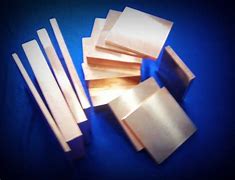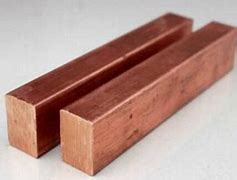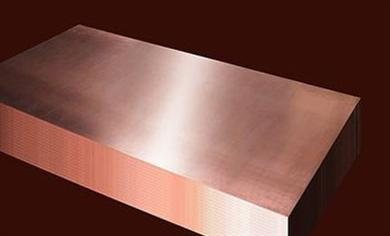**Copper Pipe Quick Connects: Plumbing Made Shockingly Simple**
(How Do I Use A Copper Pipe Quick Connect)
Let’s face it—plumbing can feel like a puzzle designed by someone with a grudge. But copper pipe quick connects? These little gadgets are like cheat codes for DIYers. No torch, no solder, no swearing. Just a clean, secure connection in minutes. Here’s how to use them without turning your project into a water park.
First, gather your tools. You’ll need a pipe cutter, a quick connect fitting (match the size of your pipe), a deburring tool, a marker, and a clean cloth. Missing something? Don’t wing it. A bad setup here is like using duct tape to fix a leaky boat—it won’t end well.
Start by cutting the copper pipe. Use the pipe cutter, and make sure the cut is straight. Crooked cuts leave gaps, and gaps love to leak. Tighten the cutter, spin it around the pipe, and keep going until the pipe snaps clean. Easy.
Next, clean up the cut edge. Burrs—those rough metal bits—are enemies. They’ll scratch the fitting’s seals or block water flow. Grab the deburring tool, twist it inside the pipe end, and smooth things out. Wipe the pipe with your cloth. No dirt, no grease. Clean pipes are happy pipes.
Now, mark the insertion depth. Quick connects have a guideline or a visible stop inside. Measure that distance from the pipe’s end and draw a line with your marker. This tells you how far to push the pipe in. Skip this step, and you might as well guess where the pipe goes. Spoiler: Guessing usually fails.
Time to connect. Hold the fitting in one hand and the pipe in the other. Push the pipe into the fitting until your mark disappears. Hear a click? Good. That’s the grip ring locking in. No click? Pull the pipe out, check for debris, and try again. Forcing it won’t help. These fittings work smooth or not at all.
Test your work. Turn the water back on slowly. Watch the connection. See drips? Turn the water off, disconnect, and restart. Most leaks happen from bad cuts or debris. No leaks? Congrats. You’ve outsmarted the plumbing gods.
Quick connects aren’t magic, though. They hate bending stress. If your pipe wobbles, support it with clips or straps. Also, don’t use them where temps swing wildly—like outdoor lines in winter. Stick to indoor fixes or temp-controlled spaces.
Practice helps. Try a test run on scrap pipes. Get comfy with the steps. Once you nail it, you’ll wonder why anyone still uses soldering. Quick connects are faster, cleaner, and way less fiery.
(How Do I Use A Copper Pipe Quick Connect)
Remember: Measure twice, cut once, and keep those pipes clean. With quick connects, even plumbing newbies can look like pros. No torch required. Just a steady hand and a little patience. Now go fix something—and maybe brag about it later.
Inquiry us
if you want to want to know more, please feel free to contact us. (nanotrun@yahoo.com)



